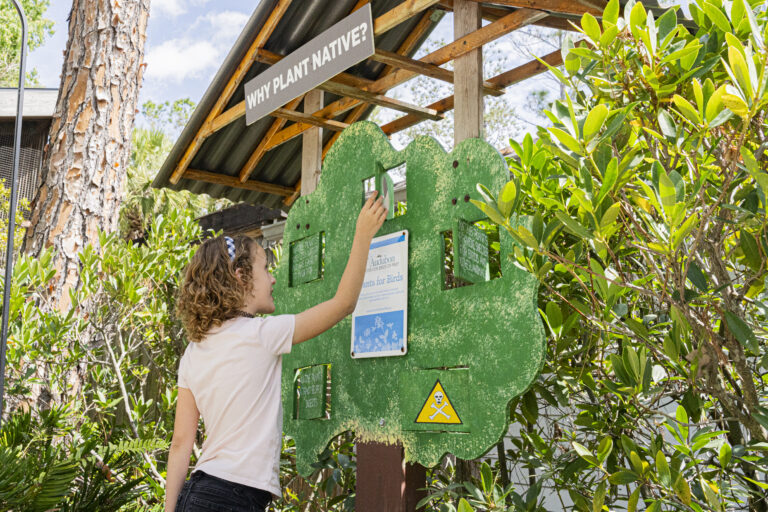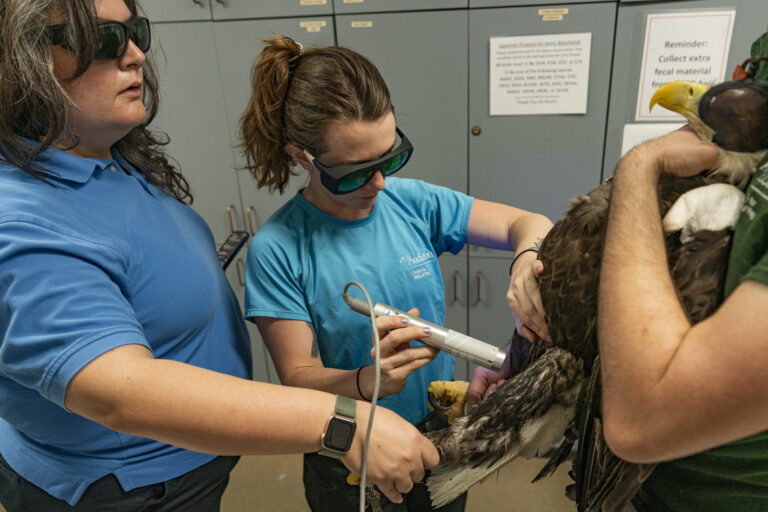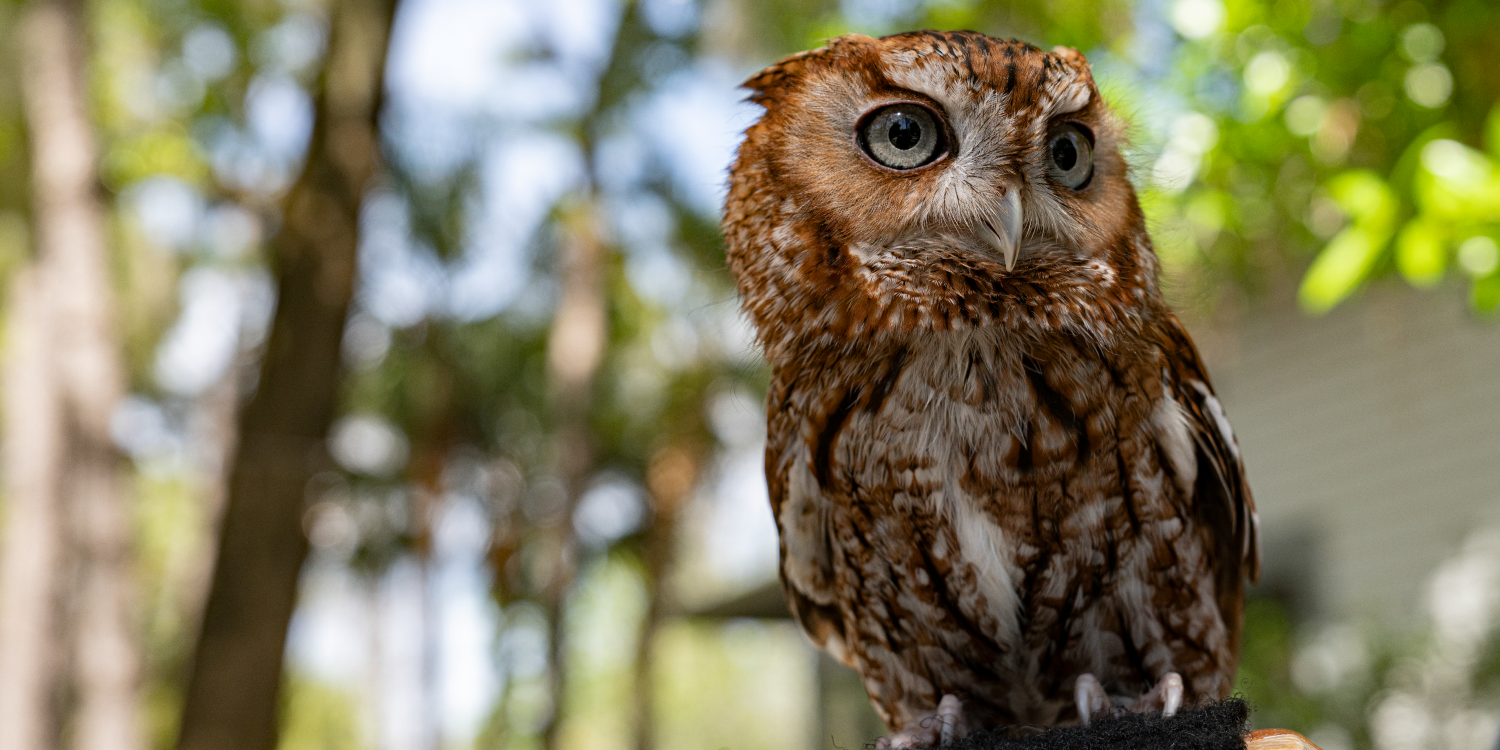A hidden slice of old Florida is located right here in Maitland, just north of Orlando. Audubon Center for Birds of Prey is one of the best kept local secrets. Visitors can see some of Florida’s native raptors – eagles, hawks, owls, kites, falcons and vultures – up close and in a beautiful natural setting. While the Center for Birds of Prey has been caring for Florida’s raptors since 1979, the 125-year history of Audubon Florida also begins in this small suburb of Orlando.

THE FIRST MEETING
At the turn of the 20th century, it was trendy to wear elaborate hats adorned with bird feathers – and often an entire dead bird. The plume industry was booming in Florida, where an ounce of feathers was worth more than gold. Plume hunters ran rampant through the Everglades, driving wading birds to the brink of extinction. On March 2, 1900, a group of committed individuals gathered at the Dommerich home in Maitland, Florida to hatch a plan. This influential group led by Clara Dommerich included the president of Rollins College, the New York Governor, Teddy Roosevelt, and others, all with the goal of saving Florida’s wading birds. Appalled by the “wanton destruction” of the birds for the purpose of adorning stylish hats, they formed the Florida Audubon Society and created an action strategy to protect wading birds from plume hunters. The Florida Audubon Society continued its momentum for the next century and beyond, and today the organization is a leading force in Everglades restoration, coastal bird stewardship, raptor rehabilitation and conservation of the state’s natural resources.

SAVING BALD EAGLES
In 1979 Doris Mager, a Florida Audubon Society staff member, was rehabilitating birds out of her home and recognized a greater need to help Florida’s raptors. At that time, Bald Eagle numbers had plummeted due to the use of DDT. In an effort to support eagle conservation, Doris got permission to sit in an inactive eagle’s nest for five days to raise funds and awareness of the need to protect our nation’s symbol. The famous “sit-in” inspired individuals from around the state and country to send donations, which helped to fund the Center for Birds of Prey. Today, our programs include raptor rehabilitation, education and science. Dedicated to birds of prey, our team admits more than 700 injured and orphaned raptors each year and is a leader in the care and protection of eagles in our state, treating between 80 and 100 eagles annually. With the successful recovery of Bald Eagle populations in Florida, the state now boasts one of the largest populations of nesting pairs in the U.S. With Audubon’s expertise in medical care and rehabilitation, our team has released more than 750 rehabilitated Bald Eagles back into the wild.
CONNECTING TO NATURE
At the Center for Birds of Prey, we connect people to nature by sharing the experience of being able to see an owl, eagle or hawk up close, learning about the challenges they face and how individuals can help. The Center is taking on an ambitious project this year: rebuilding our original aviary to create a more engaging exhibit for our guests and resident raptors alike. With the enhanced design and access for staff, visitors will be able to view our owls up close, attend training events and activities, and learn more about these amazing top predators. This project will require community partners and support. Many visitors are surprised by what they discover at our Center in Maitland. Along the shores of Lake Sybelia, tucked away in a neighborhood, we invite you to immerse yourself in a visit to old Florida with some of the avian world’s top predators. We hope you will be inspired to visit again and bring others.
Audubon Center for Birds of Prey is open Tuesdays–Sundays, 10 a.m.–4 p.m. We offer educational programs for all ages. To visit cbop.audubon.org/visit-us/plan-your-visit.
You can visit the Audubon Center for Birds of Prey for free through Local Wanderer, the library’s culture pass program. Visit ocls.org/wander to reserve your passes today.
Photo Credit: Sydney Walsh/Audubon

